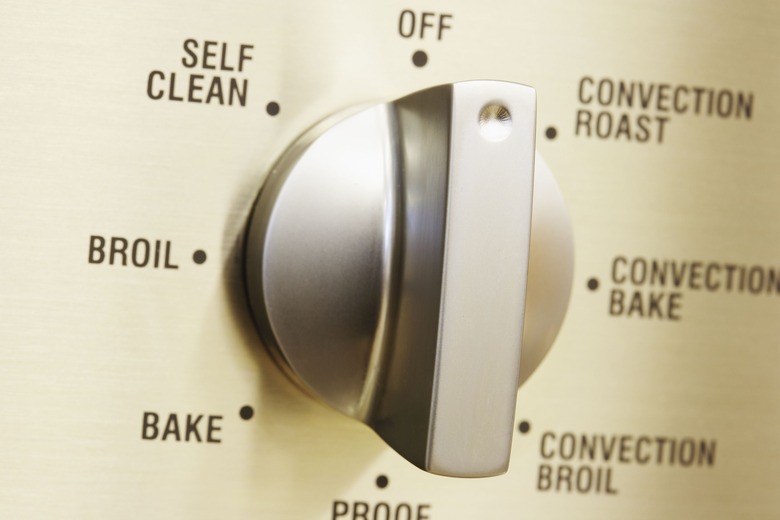How To Reactivate A Desiccant
Desiccants are chemicals that absorb moisture. Anhydrous calcium chloride is a common one that can also be reactivated and then reused. The water absorbed by the desiccant can be removed by heating it to a high temperature until the water evaporates, leaving just calcium chloride behind.
Step 1
Heat the oven to 300 degrees centigrade.
Step 2
Place the wet desiccant in the glass dish.
Step 3
Put on gloves and place the desiccant in the oven.
Step 4
Allow the desiccant to cook for at least six hours. Some calcium chloride is laced with a dye, causing it to turn red when wet and blue when dry. Once the desiccant turns blue, it can be removed, even if it hasn't been in for six hours. Also, if it hasn't turned blue in six hours, allow more time.
Step 5
Using the gloves, remove the hot desiccant and pour it into the desiccator. Put the top on and occasionally flush it with nitrogen as the desiccant cools.
Things Needed
- Oven
- Wet desiccant
- Glass pan/dish
- Heat resistant gloves
- Nitrogen-filled desiccator
Warning
Hot glassware looks like cold glassware. Always use protective gloves when dealing with glassware that may be hot.
References
Cite This Article
MLA
Contributor, . "How To Reactivate A Desiccant" sciencing.com, https://www.sciencing.com/reactivate-desiccant-5873750/. 24 April 2017.
APA
Contributor, . (2017, April 24). How To Reactivate A Desiccant. sciencing.com. Retrieved from https://www.sciencing.com/reactivate-desiccant-5873750/
Chicago
Contributor, . How To Reactivate A Desiccant last modified March 24, 2022. https://www.sciencing.com/reactivate-desiccant-5873750/
